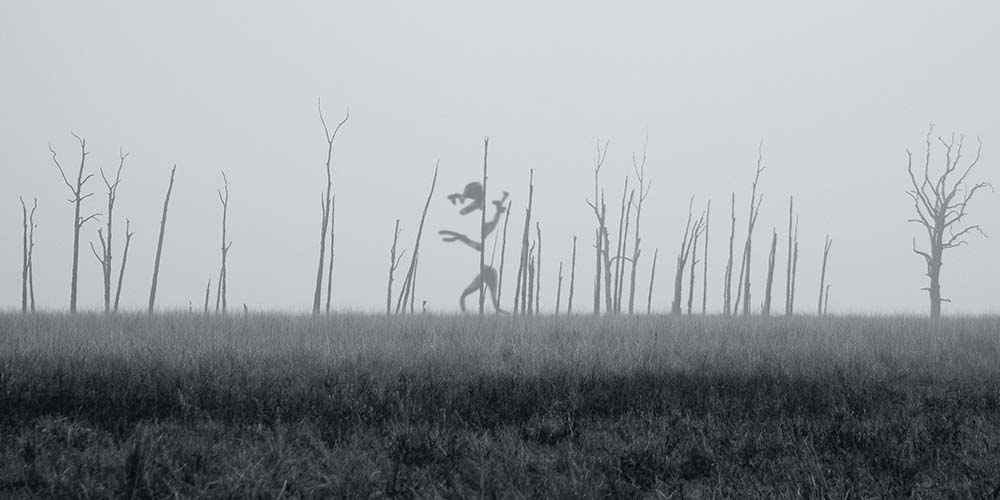Are Wendigo real?

The Windigo is certainly a real fear, a real belief, a real parable that permeates multiple cultures throughout the northern hemisphere.

The Windigo is certainly a real fear, a real belief, a real parable that permeates multiple cultures throughout the northern hemisphere.